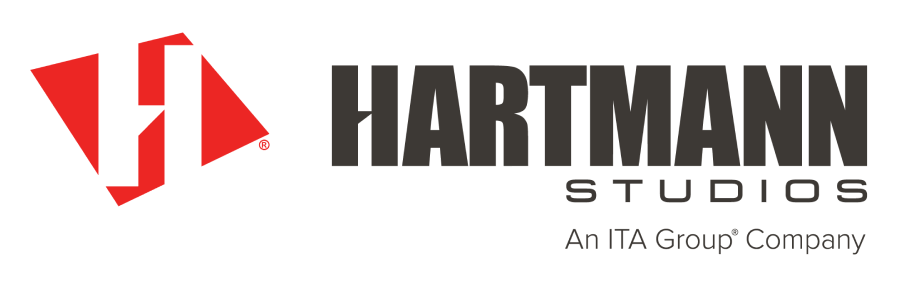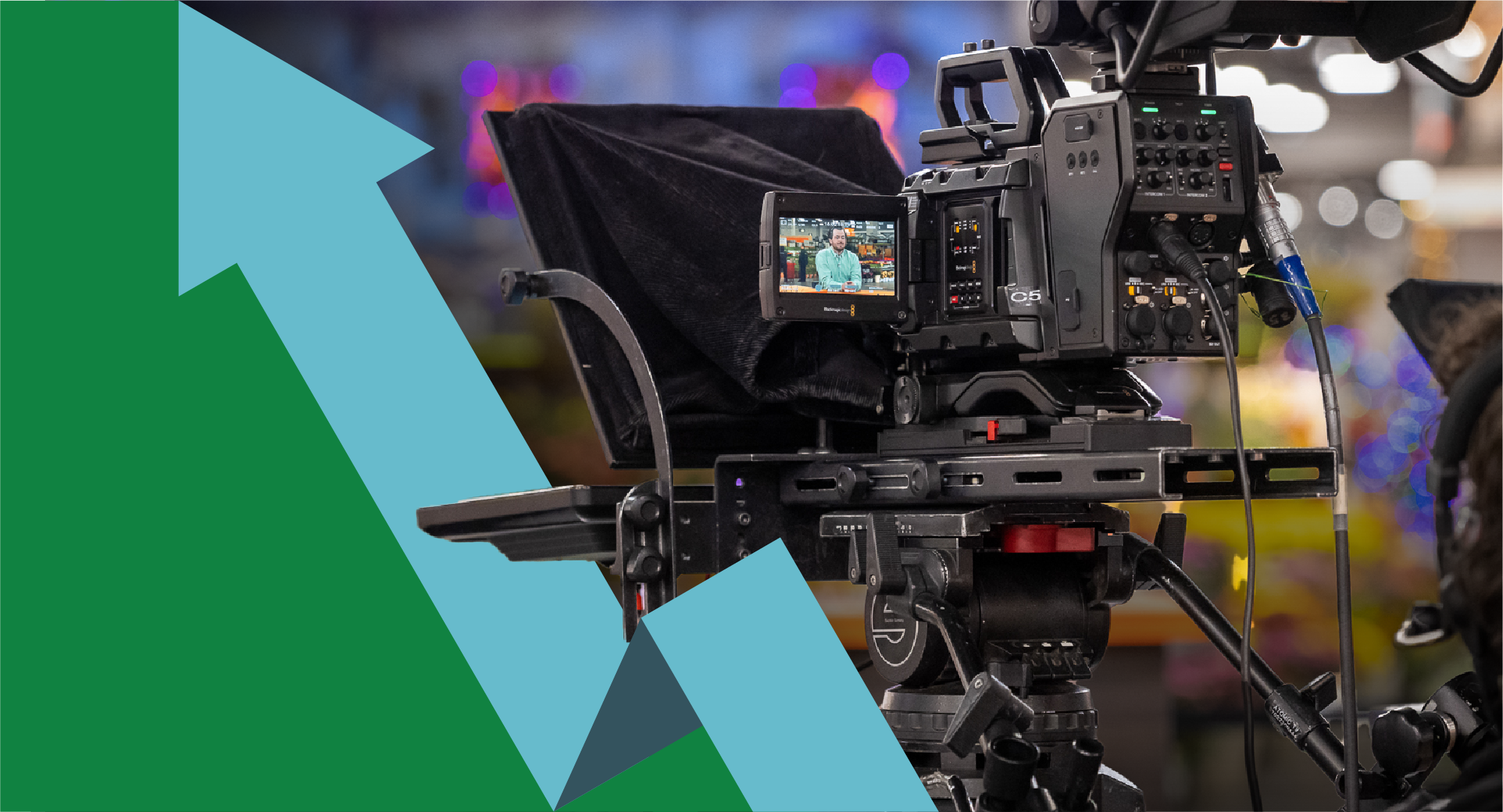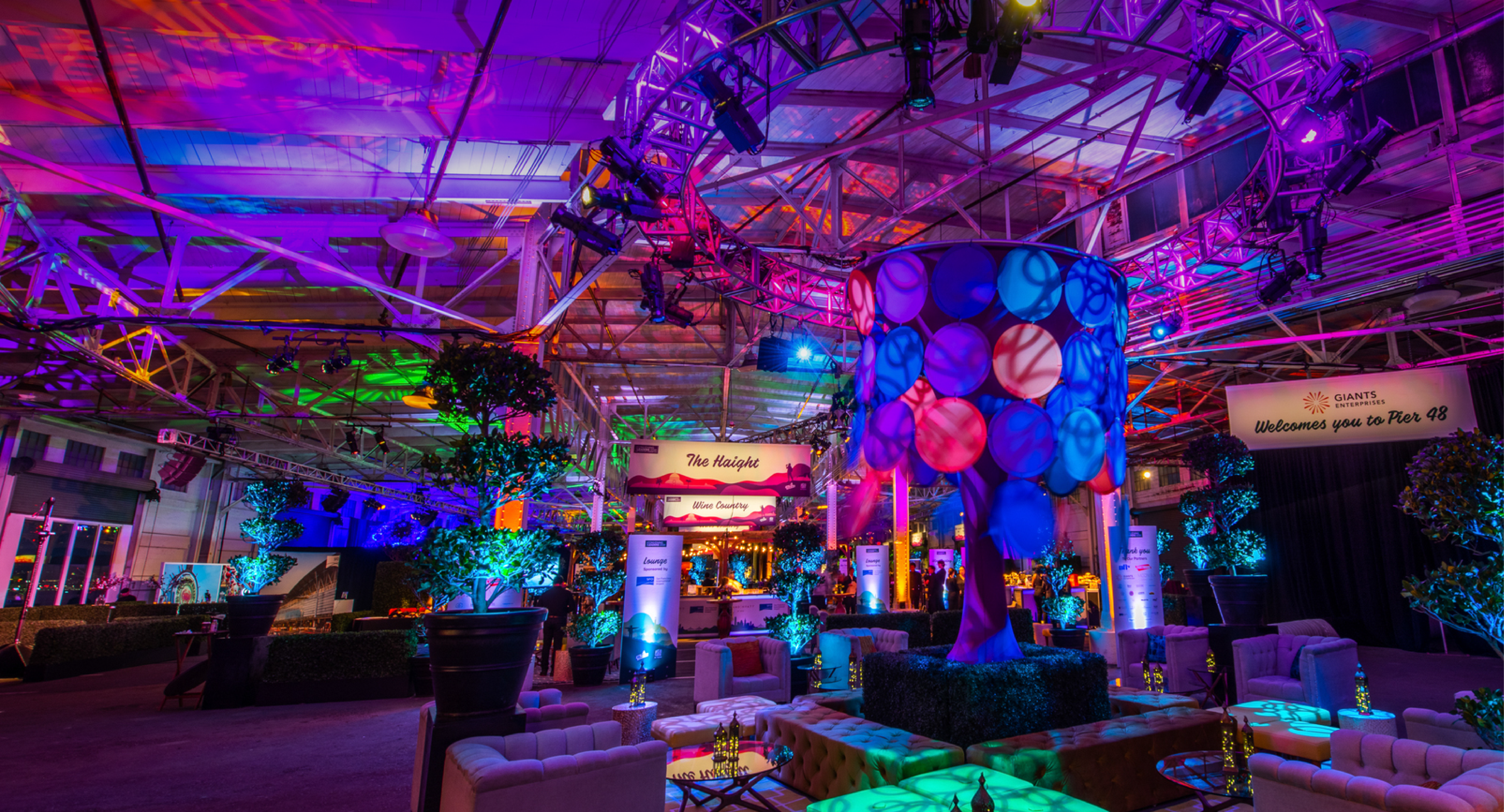5 Tips to Weave a Compelling Narrative Into Your Creative Event Strategy
Monday June 3, 2024
5 Min Read
What you need to know
- Your brand messaging strategy should connect an aligned narrative across touchpoints.
- Audiences want personalized content and experiences.
- Assess the “stickiness” of your event narrative when you evaluate event success.
The auditorium lights dim, and the stage brightens. A singular figure steps forward and begins to tell a story. The audience is rapt. They laugh at some anecdotes and their eyes well at others. The speaker captivates everyone by conveying a universal message in a way that touches everyone at their emotional core. This is the magic of narrative. It fosters intimacy, even in a room filled with thousands of people.
In creative event strategy, the keynote isn’t the only time storytelling should appear. Elements of narrative should be woven throughout event design. When the throughline of your event aligns with your brand messaging strategy, it becomes more resonant. Your audience should be primed for a keynote message from the first invitation.
A compelling narrative in immersive events isn’t quite the same as a bestselling book or blockbuster movie. But it takes attendees on a journey and influences their emotional response. The following tips can help your event marketing team leave a lasting impression on your audience.
1. Define the event messaging strategy.
Narrative writers must know their characters’ motivations. They need to define the theme of their work and articulate what it’s about. Event marketers, similarly, should understand the ideal audience and their desires from the brand. Event marketers must also pinpoint what the brand wants the audience to do and then design an event that will motivate the right people to act.
Crafting a powerful core message centers the event on a meaningful theme. Every idea, word and component should feel like an extension of the brand.
- Dive deep into a brand’s values and vision as a starting point for finding alignment between the brand messaging strategy and event experience design.
- Repeat this message across touchpoints to make it memorable and connect various phases of the attendee journey.
Related: Three questions to answer before designing your next creative event.
2. Outline the event messaging architecture.
Great stories share common elements but take many shapes. Some introduce a protagonist’s struggles and invite us to follow their quest. Others kick off with a heart-pounding scene that drops its audience into the center of the action.
We love a strong opening that sets the tone and captures the audience’s attention. Immersive event design requires outlining the “plot” to achieve a desired messaging architecture. Mapping all event phases and communications is about more than timing. Consider the emotions you want attendees to experience when they receive pre-event communications, as they complete their registration, upon arrival, in each session and at every milestone.
The peak-end rule makes the case for preparing a memorable closing. What happens at the peak intensity and endpoint influences our recollections and opinions when we look back on an event. Choose authentic, resonant messaging attendees will carry beyond the event—and deliver it with a splash.
Related: Create a memorable experience with innovative stage design strategies.
3. Activate the event setting.
Setting is a critical element that contextualizes a story. Sometimes, the environment is such a powerful force that it acts like a character, influencing the action. Event marketers can use event production techniques and technologies that immerse attendees in the action. Think mesmerizing multimedia that amplifies messaging across towering screens, synced lighting and branded graphics. People in the back of the room will feel like they get a front-row experience.
Interactive opportunities allow attendees to become part of the plot. Gamification on the event mobile app acts as a prologue.
- In the weeks leading up to the event, encourage attendees to connect, engage with pre-show content and share photos that will be shown during walk-in moments before keynote presentations.
- During the keynote session, integrate live polling or having a real-time Q&A session during panels to let attendees influence and join the discussion. Asking attendees to participate in a word cloud that builds on stage is impactful, too.
- Outside of scheduled programming, add AI activations for a futuristic and personalized touch, such as VR experiences or AI-curated art installations programmed and designed to build upon the event narrative.
4. Create content that speaks to your audience.
Once your event is in motion, be mindful of pacing. Each session and activity contribute to the event cadence. Prepare your speakers to ensure their content advances the message. Working with panelists and presenters prevents slow spots that lose the audience. A memorable keynote doesn’t drag on. Story-first presentations humanize leaders and personalize the content. They should reflect the event theme, too.
Related: How to decide the best length for a keynote speech.
Technology makes it easier to understand whether a message resonates in real-time. Use third-party reporting tools, including the latest AI tech to measure sentiment in the moment.
- Zenus AI or KNW measure audience reactions to what they’re hearing, seeing and experiencing. Adjust on the fly as you gain insight into attendee engagement during keynotes.
- Beacon, RFID and NFC tech measures dwell and interaction times on the tradeshow floor.
5. Help attendees harness their main character energy.
Personalized brand activations put attendees at the center of the story. From badge flair stations that encourage them to show off their personality to customized gifting, people love to feel like they’re in control of their own narrative and recognized for their uniqueness.
- Mobile app: Tap into the event’s mobile app to push personalized notifications, guiding attendees to experiences that align with their interests and goals.
- Post-event survey: Incorporate attendee engagement data and first-person feedback shared through a post-event survey to better understand attendee satisfaction. Include questions that will help you assess whether the core messaging was memorable and how attendees received the event narrative.
- Videos: High-quality video production spotlights stories with a cinematic style. People love to see their team members celebrated on the big screen.
Want to capture your audience’s attention with multimedia elements? Learn how to produce binge-worthy brand storytelling videos.
We can help you tell a story that activates audiences. Let’s connect.
Read more stories
View AllAll Posts
Scale Your Story: How Event Video Production Amplifies Emotional Connection
What you need to know In creative event strategy, messaging must transcend the event environment. Video production opens endless possibilities for amplifying storytelling across platforms: Approach video as a must-have asset that anchors your event, with a return on investment that extends long afterward. From pre-show teasers to post-show takeaways, videos serve marketing, training and...
4 Min Read
All Posts
Perfectly Timed Technical Production with Karim Kassab
What you need to know Keeping his cool is part of Karim Kassab’s professional DNA. As a seasoned event producer with over 35 years of hands-on experience, he supervises teams to integrate ambitious technical elements across large-scale programs and events. Staging, lighting, audio, video and special effects—Karim introduces vivid elements into complex technical environments. All...
7 Min Read
All Posts
4 Ways Environmental Designers Support Creative Event Production
Event design draws us out of our everyday environments. Dynamic displays, scenic builds and dramatic stages capture the audience’s attention. Customized spaces come together thanks to the behind-the-scenes talents of environmental designers. These solution-oriented event production experts believe great event design shouldn’t just look incredible. Thoughtful design elements open minds and promote interaction. Here are...
4 Min Read



